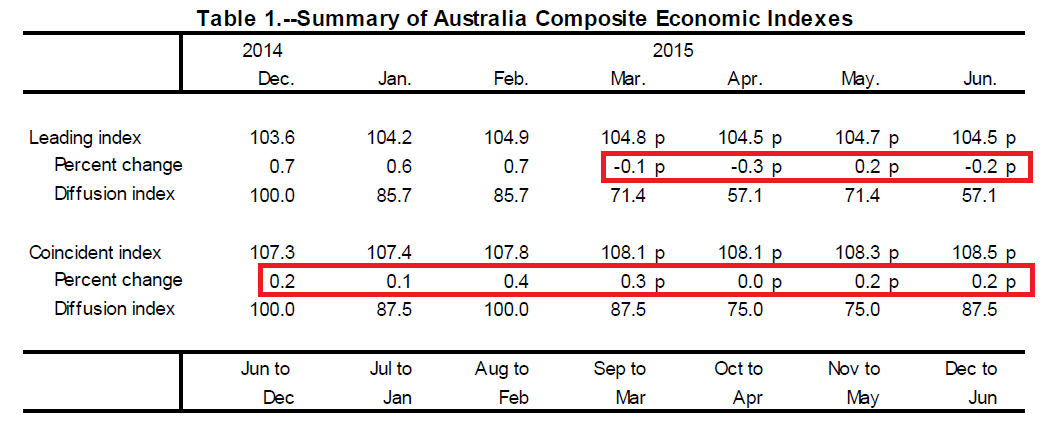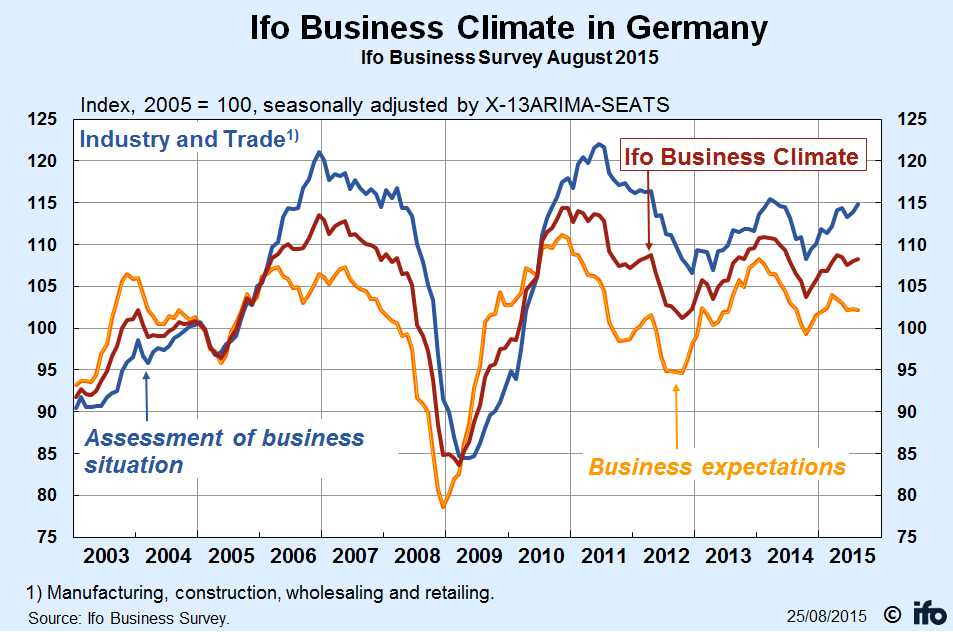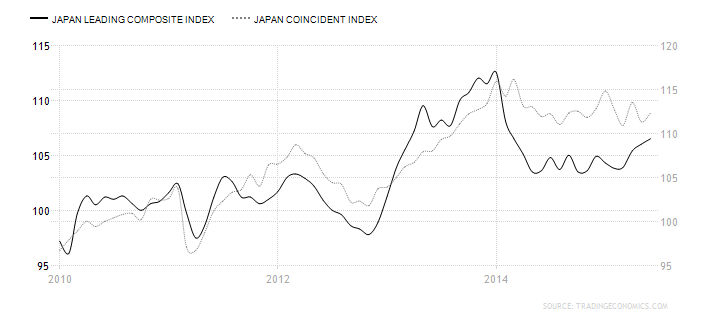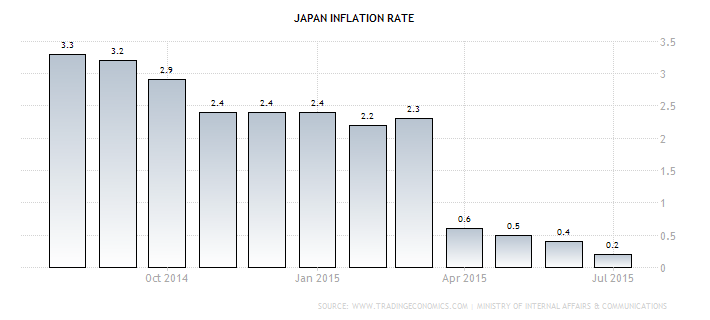The big story this week was obviously the Chinese stock market. Although the government threw literally every possible policy at it in an attempt to thwart the decline, the market moved lower. But before looking at the carnage and policy response, lets answer an important question: why is the stock market suddenly so important to the Chinese? There are several answers, starting with China’s desire to enter the first world economy club, where a well-developed equity market is a pre-requisite for entry. Second, and probably more important, in a bid to increase personal consumption, the Chinese government is stoking the wealth-effect: a rising stock market makes people feel richer, leading to an increase in personal consumption expenditures. Hopefully, this increase in consumption will begin to displace manufacturing and capital expenditures as the primary drivers of Chinese growth.
Lets begin by looking at the daily chart:

The market rallied from ~2100 in late July last year to a high of 5178 in early June. Prices dropped ~35% from mid-June to early July, with prices coalescing around the 200 day EMA for about a month and a half. Last week, prices resumed their move lower ending the week at levels neat the 38.2% Fib level.
In an attempt to stop the sell-off, the PBOC lowered rates, which they have done consistently over the last year:

The cut didn’t stop the sell-off. The central problem is China’s overall growth may be weaker than the official numbers indicate:
In the last month, we’ve seen a devaluation of the yuan, yet another interest rate cut and a drop in the reserve requirements. This leads to a very disturbing question: is China sicker than their official statistics indicate? Government numbers have GDP at an annual growth rate of ~7%. The official numbers have noted a decline in industrial production and real estate prices. But, are there problems under the surface spooking the government into taking more aggressive action? An article in the FT answered the question affirmatively:
…average year to date output between 2014 and 2015 declined 1.5 per cent. The average median year to date industry output decline from 2014 to 2015 was actually slightly worse at 1.7 per cent. In other words, output across sectors was very weak and even declining by most measures.
Based upon this, it appears that the patient is sick. Countries with flat to declining output of goods and services, and facing wide spread price deflation, are not healthy economies. More than the fall in the stock market, this is what should worry investors.
The Conference Board released the latest round of leading indicators for Australia, the details of which provide important insight into the current situation down under.

First, the LEIs have declined in three of the last four months, while the pace of growth in the coincident indicators has slowed:

And the components are weak, with 3/7 declining and money supply barely growing.

And 2/4 coincident indicators (retail sales and industrial production) are barely growing.
The underlying weakness in both numbers has occurred over the last few months, which dovetails with increasing woes from China.
The EU’s news was positive. Continent wide loan growth continues to rebound, rising .9% Y/Y in the latest reading. As this graph from the report shows, loan growth is on a clear, upward trajectory:

Other country specific news was also positive. Spanish GDP was up 3.1% Y/Y, while Germany’s economy grew .4% in 2Q15. Additionally, German sentiment was up slightly:
The Ifo Business Climate Index for German industry and trade rose in August to 108.3 points from 108.0 in the previous month. Satisfaction with the current situation has again increased significantly. However, the companies were somewhat less optimistic regarding future business. The German economy continues to be a rock in turbulent waters.
Here’s a chart from the report:

Overall, the EU region continues to show improvement.
Japanese news was mixed. Both the leading and coincident indicators were up. The LEIs are up four consecutive months, hopefully indicating the economy is ready to rebound from the 2Q contraction. The coincident numbers have moved sideways for the last year:

Household spending was up .6% M/M but down .2% Y/Y. The Y/Y series has been positive in only one reading over the last 12 months. While unemployment decreased .1% to 3.3%, the inflation rate continued its move lower with a .2% Y/Y print:

While certain items are increasing at solid rates, the macro numbers may mute any inflationary progress coming from a narrower set of prices.
As always, US news will be covered in more detail in the US Economic and Equity Review. The strongest news was the upward revision to the 2Q GDP report to 3.7%. New home sales were up 5.4%, while durable goods orders increased 2%. The durable goods number was especially bullish due to recent industrial production weakness.
A year from now, it’s possible we will look back at the end of August and note, “this is when sentiment began to change.” Before this month, bad news was in fact “good” because it allowed traders to argue it granted the Fed additional time to keep rates low. Now, however, bad news is in fact “bad” because it highlights not only economic weakness but leads to the unwelcome conclusion that global macro-economic conditions aren’t so rosy. This is especially true of China. Not only does its slowdown indicate one of the best investment thesis of the last 20 years may be coming to an end, but it also has very strong negative ramifications for large segments of the world economy. And it is this potential slowdown that is starting to sink into the global trading psychology.
